Learning how to read music is probably pretty low on the priority list of many musicians. How can something as dull and boring as staring at weird symbols on a sheet of paper make you a more 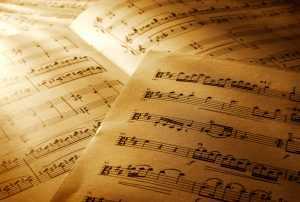 skilled musician? I used to think thoughts like this before I learned how to read music in college. Reading music for beginners might seem like a huge undertaking, but with some practice, effort, and guidance, most people begin to understand the language of music rather quickly. Speaking from a decade of music education experience, I can tell you that the difference between a student who takes the time to learn to read music from one who doesn’t is monumental. If you have any interest in figuring out how music works and ways to increase technical prowess and understanding of your instrument, it’s well worth your time and effort to learn how to read music. For the sake of simplicity, in this article I’ll be giving some note reading tips for piano and guitar, but the ideas I’ll discuss here will help you learn to read music on any instrument.
skilled musician? I used to think thoughts like this before I learned how to read music in college. Reading music for beginners might seem like a huge undertaking, but with some practice, effort, and guidance, most people begin to understand the language of music rather quickly. Speaking from a decade of music education experience, I can tell you that the difference between a student who takes the time to learn to read music from one who doesn’t is monumental. If you have any interest in figuring out how music works and ways to increase technical prowess and understanding of your instrument, it’s well worth your time and effort to learn how to read music. For the sake of simplicity, in this article I’ll be giving some note reading tips for piano and guitar, but the ideas I’ll discuss here will help you learn to read music on any instrument.
Benefits of Learning How To Read Music
Understanding music notation allows you to be fluent in a language that was created specifically for musicians. It doesn’t matter if you’re a singer, pianist, or timpani player; all musicians read from the same notation system. Once you know how to read or write music using notation, you’ll be privy to the musical language that millions of trained musicians use and understand. If you play guitar, you might be saying, “Hey, I’ve already learned how to read tabs, and that’s working just fine for me.” No other notation system gives you the precise direction and insight into a piece of music like standard music notation does. Simple guitar tabs are great for learning chords and scales, but what about rhythm, dynamics, and character? What about communicating your ideas with other musicians in a way that’s clear and easy to understand? Tabs only give you a small piece of the information you need to play something truly well.
Standard music notation inevitably teaches a musician tons of valuable information about their instrument: range, correct fingering, technique, and tonal character. Musicians who read music in groups tend to draw great knowledge and performance experience from the peers. School orchestras, for instance, help kids not only learn to read music for their own instrument, but also an understanding and familiarity for the other instruments in the orchestra. Reading music for beginners can be tough at first, but the benefits are invaluable.
Clear, Concise and Straightforward
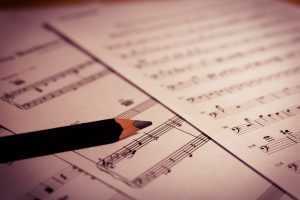 Music reading is a process that’s meant to be simple and straightforward for the musician. If you’re new to music notation, you might be shaking your head, but it’s true. Think about it from the composer or songwriter’s perspective. Why would anyone want the music reading process to be needlessly complicated and difficult? Music notation isn’t a frustrating math test; it’s a powerful tool that’s meant to connect musicians and composers. Its aim is to get messages across in a straightforward way so that music can be properly learned, understood, and performed.
Music reading is a process that’s meant to be simple and straightforward for the musician. If you’re new to music notation, you might be shaking your head, but it’s true. Think about it from the composer or songwriter’s perspective. Why would anyone want the music reading process to be needlessly complicated and difficult? Music notation isn’t a frustrating math test; it’s a powerful tool that’s meant to connect musicians and composers. Its aim is to get messages across in a straightforward way so that music can be properly learned, understood, and performed.
In the relationship between music writer and music writer, both parties have jobs to do. Composers and songwriters are tasked with the job of presenting the music they want to be performed in the clearest way possible. I can’t tell you how many times I’d present a piece of music to my college professor only to receive a short response of, “This isn’t clear enough for the reader. Go fix it.” Let me speak for all songwriters and composers when I tell you that we want nothing more than for our music to be understood and performed correctly! Music notation can be hugely intimidating, but that’s not at all intentional.
Start With Simple Rhythm Reading
Before you get to the hefty task of learning how to read notes on the staff (don’t worry if you don’t know what a staff is), I recommend starting with learning how to read simple rhythms. Being able to read simple rhythms will help simplify the process of reading music for beginners.
We’re going to start with a note called the quarter note. This is what a quarter note looks like: ♩
Quarter notes take up one beat. Get out a sheet of paper and draw 4 quarter notes. It should look like this: ♩♩♩♩
If you clap out the four quarter notes, you should hear 4 perfectly even beats. Not that tough, right? You’re already reading music! Now, let’s add in a few other simple notes. These are eighth notes, and they look like this: ♫
If quarter notes play directly on the beats, eighth notes play directly on and between beats. Clap out four quarter notes and say, “1 2 3 4”, out-loud as you clap. Then, clap 8 eighth notes. They should look like this: ♫♫♫♫
Match each eighth note clap with a vocal placeholder. For eighth notes, I like to call out the beat number and then “and.” The “and” represents the spot between the beats. 8 eighth notes should sound like, “1 and 2 and 3 and 4 and.” Now, clap the 4 quarter notes and 8 eighth notes together a few times. The tempo or speed of the main beats shouldn’t change whether you’re clapping eighth notes or quarter notes.
Once you get comfortable clapping these notes, try adding eighth notes and quarter notes together in groups of 4 beats. Here’s a few examples for you to try:
♩♫♩♩= 1 2 and 3 4
Audio Player
♩♩♩♫ = 1 2 3 4 and
Audio Player
♫♫♫♩= 1 and 2 and 3 and 4
Audio Player
Get creative and write a beat groups of your own. There’s tons of other beats to learn about, but for now we’ll stick with quarter notes and eighth notes to keep things simple for this reading music for beginners tutorial.
The Staff

This is the staff. Don’t get intimidated! The big curly symbol on the left is called the treble clef. Different clefs represent different ranges of music for performers to play in, but you don’t need to worry about that right now. Let’s take a look at the “4/4” symbol. This symbol is called a time signature, and it’s how we’ll know what kind of rhythmic content is to be played in a piece of music. The top 4 represents how many beats fit into a measure of music (a measure is the box you see featured in the picture above). The bottom 4 tells us the note value. The bottom 4 means quarter note, and an 8 would represent an eighth note. So, “4/4” means that the composer wants us to play 4 quarter notes per measure. Try drawing your own staff and then add some quarter and eighth notes to a few measures of music.
Notes On The Staff

Now, let’s move on how to read notes off the staff. For piano, play the C note on the middle of the keyboard. If you have a guitar, this same C note is played on the 5th string 3rd fret. Middle C is a great place to begin learning how to read music. It’s an easily-recognizable placeholder that will help you to learn every note on the staff. The bottom of the Treble clef symbol lines up perfectly with middle C. The symbols to the right of the C note are called rests. Rests are symbols that instruct musicians to not play their instruments for a specific amount of time. Don’t worry too much about those just yet.

In the image above, we are now working with three measures. The first measure contains 4 quarter notes playing middle C. On your instrument, play the first measure. For the piano, you’ll find the “D” and “E” notes played on the white keys directly above middle C. Go ahead and play the measures above. For guitar, the “D” and “E” notes pictured above can be played on the the open 4th string and the 4th string second fret. Play through these 3 measures a few times before you move on to learn more notes.
Tricks To Help You Navigate The Staff
Once you start adding in more notes, you’ll probably find it difficult to remember where every note is. Reading music for beginners can be super overwhelming, but luckily there are some great tips to help you find your way around the staff. For instance, notes that spell the word F A C E fill the space notes on the staff. The line notes starting from the bottom line of the staff read E G B D F. Not as easy to remember as F A C E, but there are some good ways to help you remember. The phrases “Every Good Boy Does Fine” or “Elvis’ Guitar Broke Down Friday” are my teaching go-tos to help my students remember line notes. Get creative and make up your own phrase if that helps you remember the staff’s line notes.

There are so many more notes, symbols, and music notation concepts we could discuss here, but we’re going to move on with some other beginner tips and helpful ideas to get you started with learning how to read music.
Eyes On The Page
Memorizing is great when it comes to scales, pop songs, and catchy hooks, but relying on your memory can actually hurt you when it comes to reading music for beginners. When I’m in a lesson  with a student, I can always tell when they’re not actually reading the music when I see their eyes looking everywhere but at the page of sheet music. The reason behind this is simple: it’s hard to learn how to play an instrument, and it’s only natural that your eyes would want to focus on what your hands are doing. Breaking out of the habit of looking down at your hands is a tough one to break. I recommend playing each note as slowly as possible and starting over each time you find yourself looking away from the sheet of music.
with a student, I can always tell when they’re not actually reading the music when I see their eyes looking everywhere but at the page of sheet music. The reason behind this is simple: it’s hard to learn how to play an instrument, and it’s only natural that your eyes would want to focus on what your hands are doing. Breaking out of the habit of looking down at your hands is a tough one to break. I recommend playing each note as slowly as possible and starting over each time you find yourself looking away from the sheet of music.
Say and Play
In my college Intro to Psychology class, there was a helpful section about the learning process. It delved into human behaviors centered around learning, and it taught us how to better prepare for tests. Something I learned in this class is that doing one act in different ways helps the brain to retain information. This is why talking notes rather than just listening helps us to memorize information. I recommend saying each note out loud as you play when learning a new piece of music. When you see a note, play it, and then say it, you have a good chance of remembering how to play it in the future. It might feel strange to be playing music and talking to yourself, but this process is really effective. This technique is great for folks new to music reading, but you won’t have to do it for long if you practice frequently.
Sight Reading
 Sight reading is the process of playing music from sheet music without any prior practice or familiarity. I recommend new students practice sight reading for at least an hour a week. Rhythm should be your main priority not just with sight reading but with any sort of music reading. Choosing a tempo and committing to it is much more difficult than plucking out the correct notes without any set rhythm. Rhythm is the glue that keeps music together. It’s a sonic map that gives music its organization, predictability, and cohesiveness. When you begin to sight read, your #1 goal should be to stick to a slow, steady rhythm no matter what. Wrong pitches can be easily corrected, but keeping time is a lifelong skill that takes time and tremendous effort to master. Go slow, take your time and focus on playing the music in rhythm. If you need sight reading material, get a beginner’s book of sheet music for your instrument and start working your way through the material there.
Sight reading is the process of playing music from sheet music without any prior practice or familiarity. I recommend new students practice sight reading for at least an hour a week. Rhythm should be your main priority not just with sight reading but with any sort of music reading. Choosing a tempo and committing to it is much more difficult than plucking out the correct notes without any set rhythm. Rhythm is the glue that keeps music together. It’s a sonic map that gives music its organization, predictability, and cohesiveness. When you begin to sight read, your #1 goal should be to stick to a slow, steady rhythm no matter what. Wrong pitches can be easily corrected, but keeping time is a lifelong skill that takes time and tremendous effort to master. Go slow, take your time and focus on playing the music in rhythm. If you need sight reading material, get a beginner’s book of sheet music for your instrument and start working your way through the material there.
Listen
Reading music for beginners can be frustrating and overwhelming at times, but the rewards are amazing. People who learn to read music as kids can often sit down at their instrument decades later and are able to still read music. Once you start reading music, start listening to music and begin to ask questions like, “What time signature is this song in?” When you know and understand the musical language, you’ll start to hear everything in a wonderful new context.

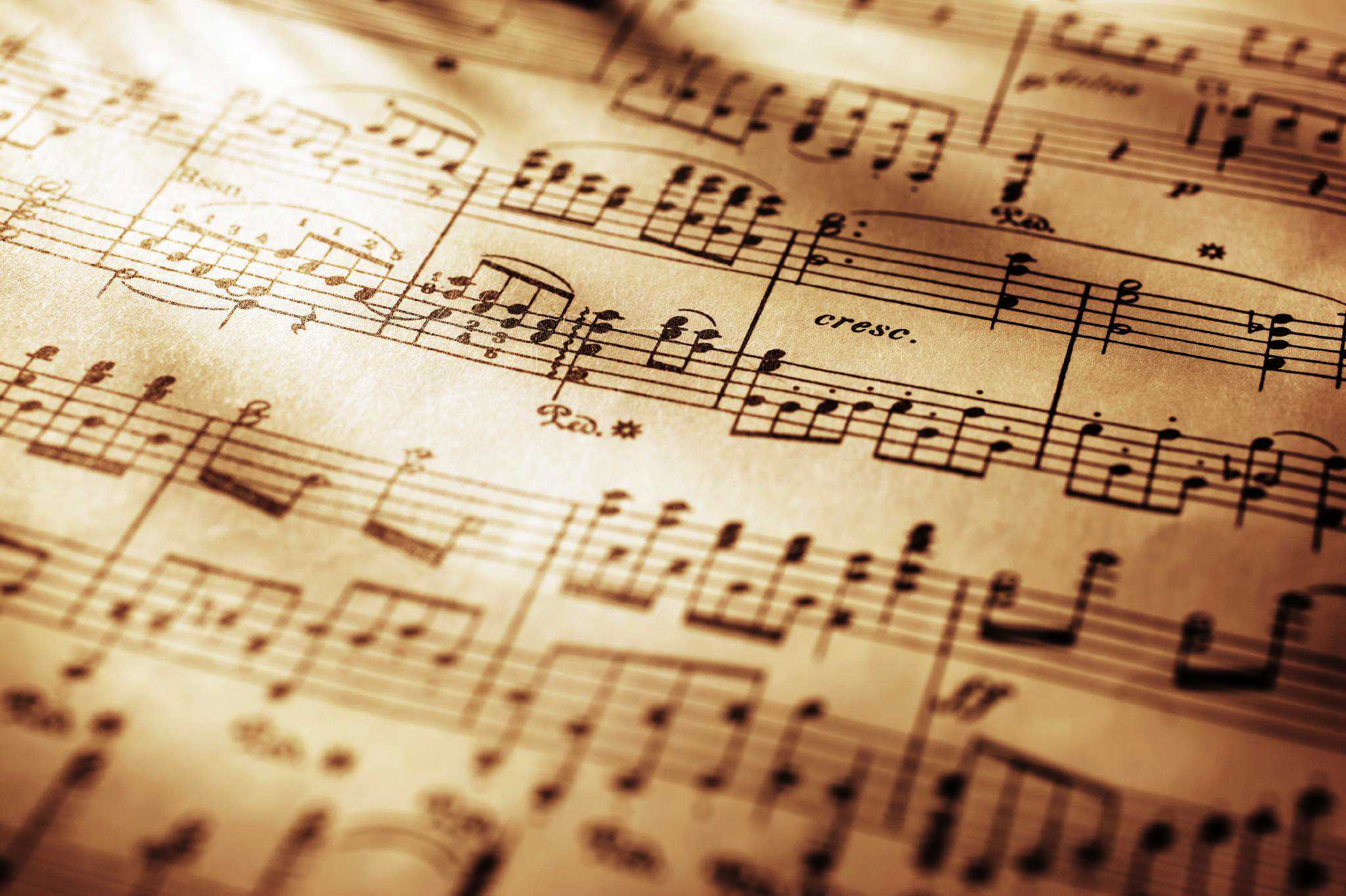
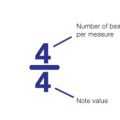
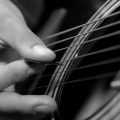
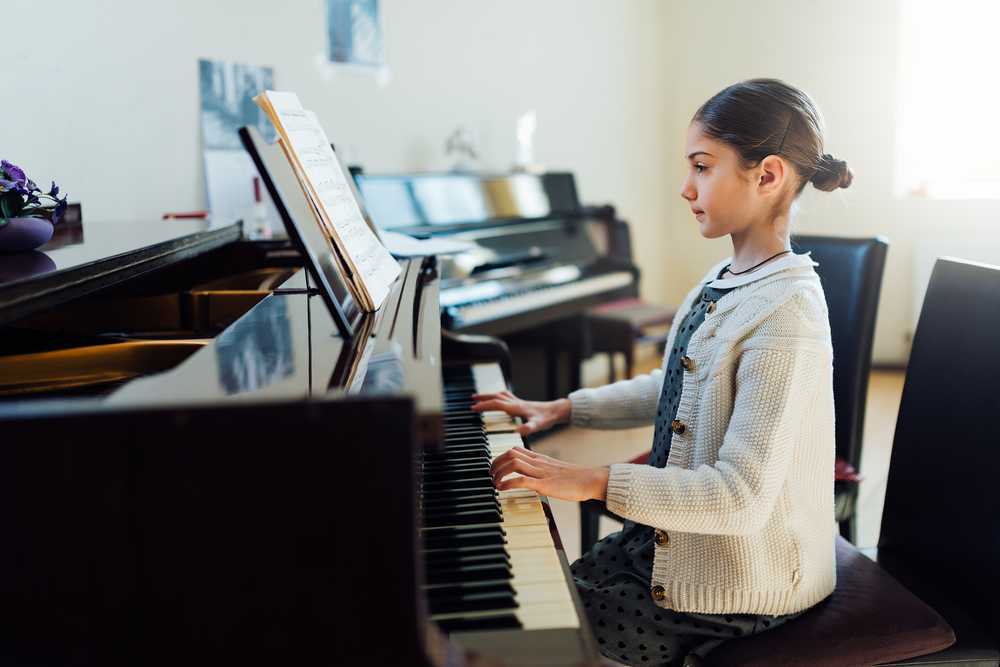
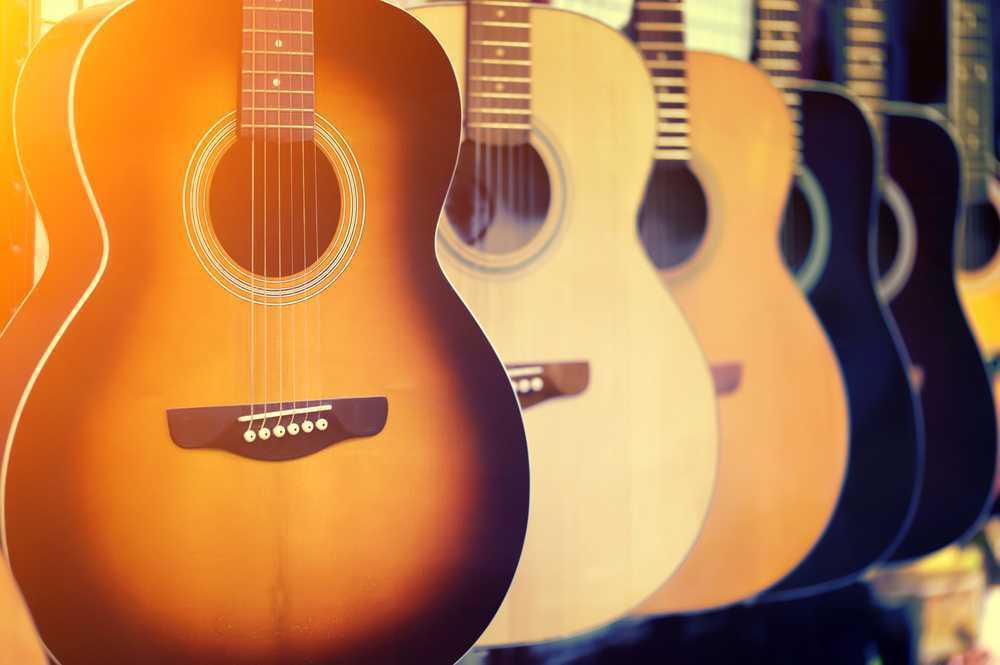
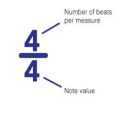
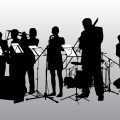
i think that this article is right
This helped alot
This helped a lot thank you for writing this text i look forward to read more
Thank you very much. This explained more than many so called beginners' textbooks. Would love to read more.